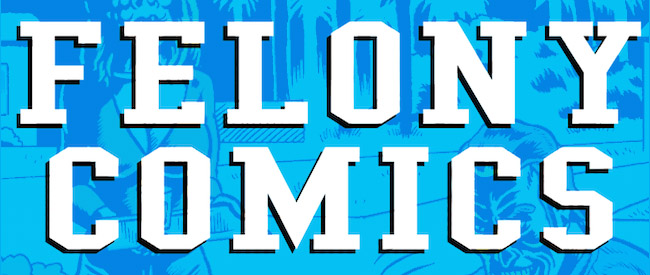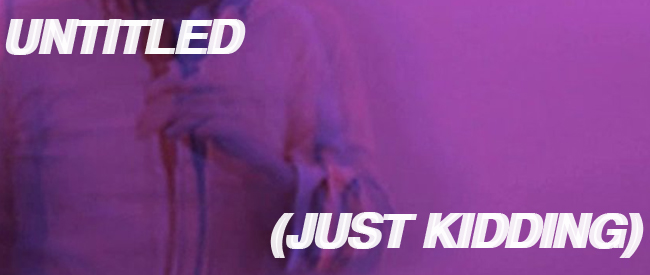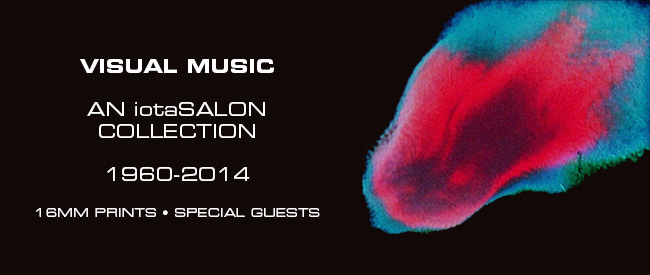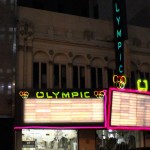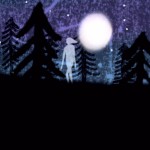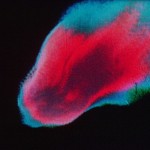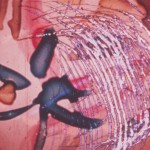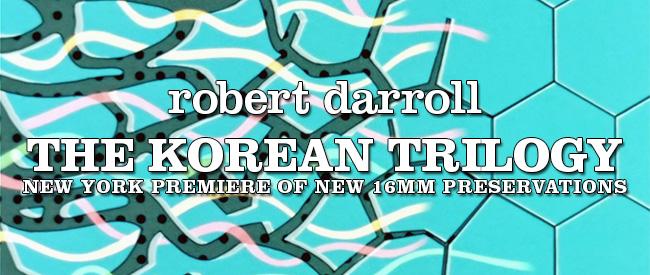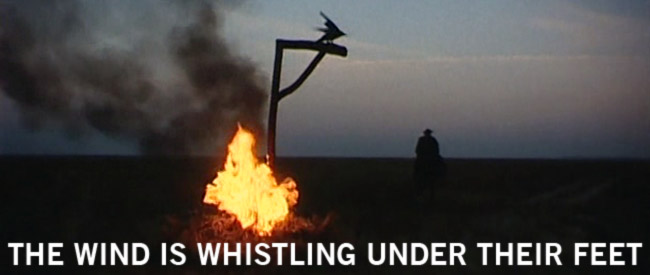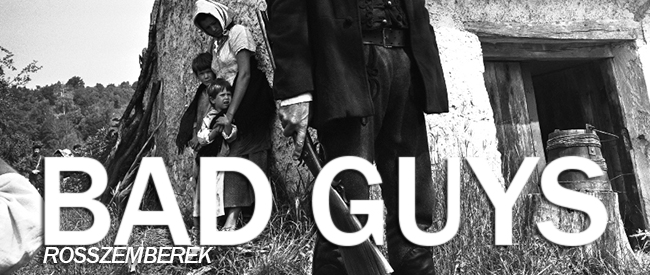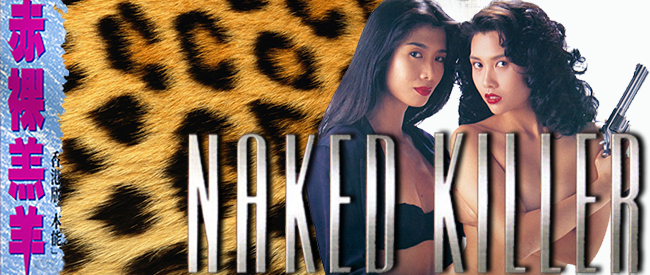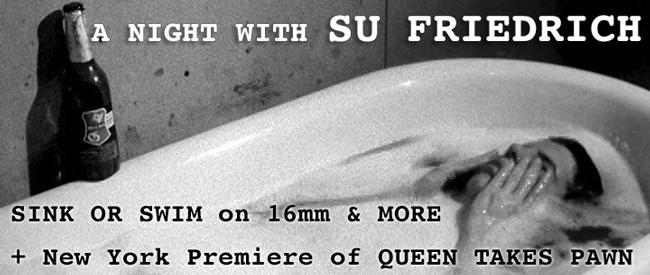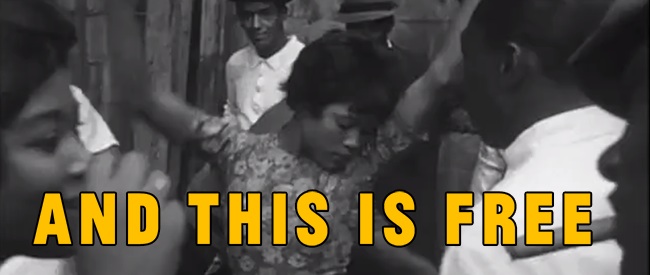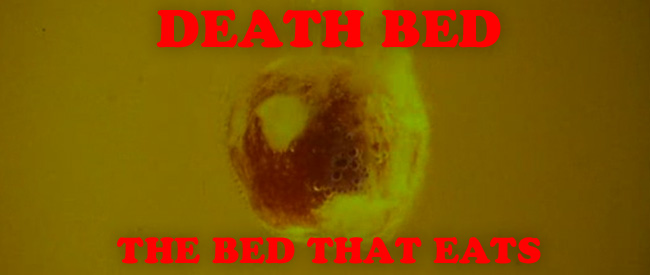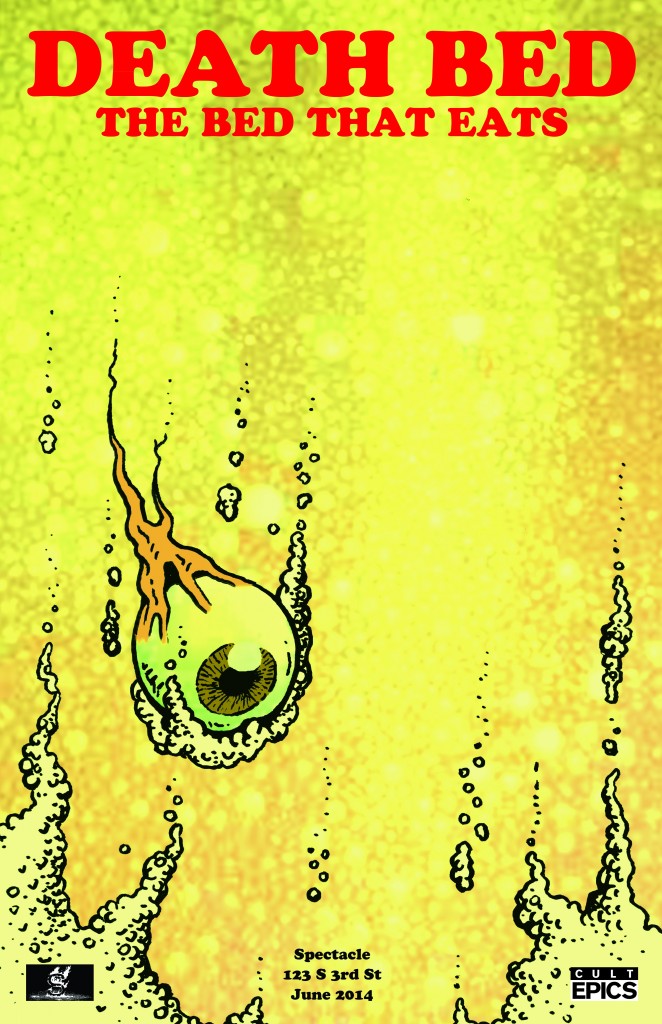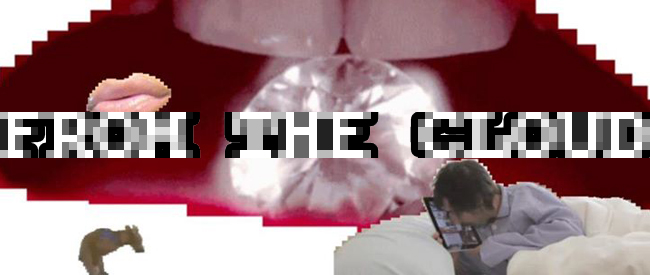
FROM THE CLOUD
Dir. Various
Approx. 80 min.
TUESDAY, JULY 15 – 7:30 PM
FRIDAY, JULY 18 – 7:30 PM
In February 2005, YouTube was launched and forever changed our relationship to moving images, both as viewers and producers. But even well before then, the web had made a large variety of new materials accessible to see and to download, as well as upload. “From the Cloud” is a video program that looks at found footage “films” in the Internet Age. The proliferation of archived photographs, digital images, and videos made available to everyone online as well as an exponential increase in production has changed the way artists interact with pre-existing material. The artists in this program both pull material from the cloud and implicitly comment on the cloud by doing so.
FEATURING:
“Arnold Schoenberg, op. 11 – I – Cute Kittens,” Cory Arcangel, 2009, digital video, color, sound, 4:21
Arnold Schoenberg’s Drei Klavierstücke, op. 11-I played by cats on pianos.
“Only Girl,” Hilary Basing, 2011, digital video, color, sound, 3:53 min.
My performances on camera aim to equalize identities through the adoption of their different characteristics and gestures. Only Girl explores the gestures of femininity and the breakdown of information through mimicry as I imitate drag queen Raja’s imitation of Rihanna’s Only Girl (In the World).
“Electric Sweat,” John Michael Boling, 2007, digital video, color, sound, 54 sec.
This video is a valentine to hardware that raises technolust to the level of technoromance.
“A Total Jizzfest,” Jennifer Chan, 2012, digital video, color, sound, 3:22 min.
A sample of the richest and sexiest men in computer and Internet history.
“New American Classic,” Jennifer Chan, 2011, digital video, color, sound, 1:44 min.
Is it sculpture or furniture?
“Am I Evil?,” Jacob Ciocci, 2011, digital video, color, sound, 4:14 min.
In her essay, “Mirror Horror”, Trinie Dalton describes, “In early times, since mirrors were rare commodities, only qualified shamans had mirrors. But in 1438, when Guttenberg started a mirror-making business, anyone untrained in magic could use and be tempted by one. This proliferation of mirrors perpetuated myths of witchcraft, since some theorized that mirrors were being used for maleficence by those corruptible, vain and immoral enough to admire their own reflections.”
The good witch (Harry Potter?) tries to understand his reflection but the mirror shatters as soon as he touches it. The evil witch (Wicked Witch of the West?) tries the same thing but the mirror again shatters. The mirror always shatters just before a fixed identity can be sustained. A mirror is magic in much the same way many newer image-making tools are magic: for a brief moment you are put under a spell, you believe in it. But the longer and the closer you look, everything begins to fall apart. That is the real magic. This is the 3rd piece in Ciocci’s ongoing series “Trapped and Frozen Forever,” an investigation into the relationships between online and off-line images: images trapped (not tangible) on-screen and images frozen (not moving) in the physical world. In this iteration Ciocci has scanned section by section each of the 2 large collages on the wall, using them as the basis for the animated projection.
“Apocalypse Now,” Jesse Darling, 2012, digital video, color, sound, 1:06 min.
A roundup of the year 2012, made especially for the end of the world.
“Too Many Dicks,” Feminist Frequency/Anita Sarkeesian, 2010, digital video, color, sound, 1:19 min.
It is no secret that the majority of video games these days star overly muscular men often carrying big swords, guns, baseball bats, chainsaws or other phallic weaponry. Many games normalize this extremely macho form of masculinity while uncritically glorifying war or military intervention. Sadly too many games tend to celebrate grotesque displays of violence instead of providing opportunities for creative, less violent, innovative forms of conflict resolution. Today with the growing dominance of the first person shooter genre players are encouraged to really participate in the destruction, testosterone and gore up close and personal. Not only are these games dominated by male characters but even the few women characters who do get staring roles are often made to replicate overly patriarchal, violent, macho behavior (but inside of a hyper sexualized female body). Not surprisingly the vast majority of game producers, designers and writers in the industry are still men.
“Erased de Kooning,” Mike Goldby, 2011, digital video, color, sound, 2:58 min.
In this video, Goldby brings an image of a de Kooning drawing into Photoshop and, as Robert Rauschenberg did 60 years ago, erases all the markings. But what is at stake when this is just a digital file, with another exact copy of the image available again to download or one can simply undo using ⌘Z?
“Analog Internet,” Faith Holland, 2012, digital video, color, sound, 5:12 min.
“Analog Internet” is a video-sculpture that reveals a pyramid of three-dimensional rendered CRT televisions, each with a different cat video appropriated from YouTube playing. This is the core of the Internet: an Egyptian site of worship for cats. Considering the Internet’s obsession with cats, Analog Internet re-imagines having the same relationship to cat videos in physical, not digital, space.
“Bieber Fever” Daniel Johnson, 2012, digital video, color, sound, 5:10 min.
Excerpted and looped from Justin Bieber’s music video “Baby,” in “Bieber Fever,” Bieber encircles us in all his glory while a symphonic slowed-down version of his song plays. As he spins, more and more about his gestures, posturing, and the environment emerges.
“No Fun,” Eva and Franco Mattes, 2010, online performance, color, sound, 15:46 min.
For No Fun Franco Mattes simulated committing suicide in a public webcam-based chat room. Thousands of random people, unwillingly recorded, watched while he was hanging from the ceiling, swinging slowly, for hours. The video documentation of the performance is an unpredictable, at times disturbing, sequence of reactions: some laugh, some are completely unmoved, some insult the supposed corpse, some take pictures with their mobiles.
“#Postmodem,” Jillian Mayer and Lucas Leyva, 2012, digital video, color, sound, 14:37
#PostModem is a comedic, satirical sci-fi musical based on the theories of Ray Kurzweil and other futurists. It’s the story of two Miami girls and how they deal with the technological singularity, as told through a series of cinematic tweets.
“Money2,” Lorna Mills and Yoshi Sodeoka, 2012, digital video, color, sound, 1:16 min.
“Money2″ by Lorna Mills and Yoshi Sodeoka is a brief, merciless video assembled from Lorna Mills’s found and altered animated gif collages. These looping animations play against a soundtrack by Plink Flojd, a super audiovideo collective started by David Quiles Guillo with co-founders Yoshi Sodeoka and Eric Mast. The video is the cacophonous, dysfunctional, absurd, idiotic sequel to Pink Floyd’s classic “Money.” The band’s original version from the 70’s exhorted their audience to reject wealth and conspicuous consumption, while at the same time launching them into the stratosphere of commercial success. Pink Floyd’s “Money” remains an enormously popular song, despite the fact that all of the ideas about capitalism embedded in the song are now four decades out of date. “Money2” expands the original imagery to include the darkness, desperation, folly and anxiety that surrounds wealth and the lack of it. By pairing a mashed, mangled musical version with found, then re-arranged, animated gifs, Pink Floyd’s “Money” is revived and buried alive at the same time.
“All Y’all,” Gracie Nesin, 2011, digital video, color, sound, 4:51 min.
“All Y’all” is one of a cycle of nine commemorative ‘songs’ called White Witch/Bluff City. The brief (song length), breathy sound and image collage is essentially a diaristic narrative about codeine, boarding school, the Athenian courtesan Phryne—dreams, shreds, parts. It’s impressionistic, creepy-trill, a drunk/dull/sleepy recollection of prostitution both low and sublime, sweet and cruel, a punchy Southern Gothic poem about After Empire sung somewhat underwater, smoked and muffled by a blue, New Age cloud, all collapsed and hilarious—yesterday today and tomorrow.
“Search by Image, Recursively Starting with a Transparent PNG,” Sebastian Schmieg, 2011, digital video, color, silent, 4:04 min.
With near-scientific method, Schmieg begins with a transparent PNG image file and allows Google’s Search by Image to visually free associate. The result is an insight into how Google’s algorithm “sees.”
“On Beauty,” Hennessy Youngman, 2011, digital video, color, sound, 5:11 min.
Is beauty still relevant in our future age where information is mad valuable and neoliberalism is the number one pop tune that seems like it will always be playing every time you turn on the radio forever into infinity? Well I don’t got answers to these questions, but that don’t stop me from enwisening y’all to this shit!
Special thanks to Faith Holland and the artists.

